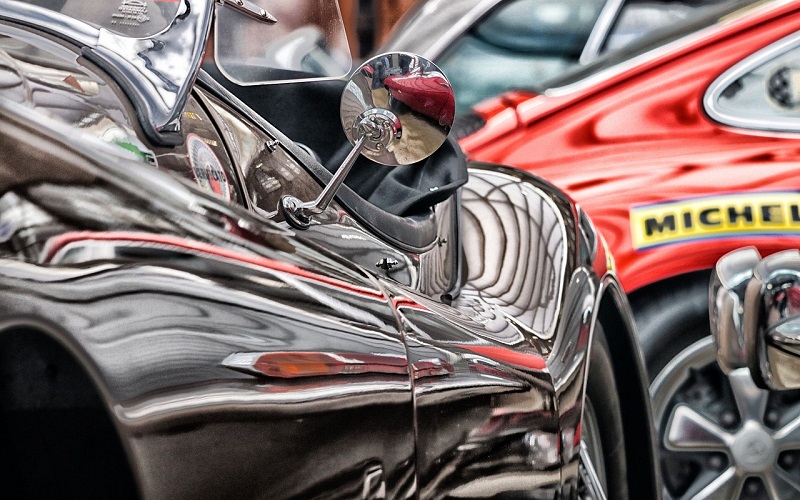Applying wax to car is an essential step to a showroom shiny finish. But then you wonder, what methods are there? Is it a good idea to slather your car with wax or not? Read on to find out.
Two Ways of Applying Wax to Car
There are two ways of applying wax to car: manual and mechanical. Done right, both can provide superior results.
Manual
Of the two methods, manual application is more economical as it does not require a buffer. However, it is more time and effort consuming. You will need a wax of your choice, a polyfoam wax applicator, and some microfiber towels.
How to wax a car manually? Start by washing and drying your car thoroughly. Then, clay bar the surfaces. If your car has old wax that proves difficult to remove, use a pre-wax cleaner. Then apply the wax on your car, little by little, panel by panel. This is to ensure you apply the wax evenly. If you wish to apply another layer of wax, make sure the first coating has dried thoroughly. Then buff with a clean microfiber towel.
Mechanical
Mechanical wax application involves the use of an electrical buffer. Although it is not as time-and-effort consuming as its manual counterpart, it requires skill and experience.
After thoroughly washing and drying your car, you need to choose the right car wax polisher pads. For this purpose, a foam finishing pad is ideal. Its strength can withstand a buffer’s pressure. Its softness doesn’t damage the surface.
If you choose to use a metal paste wax, apply a sufficient amount of it on the buffer. If your choice is a liquid wax, put enough of it directly on the surface, put the buffer on top of the wax then turn it on to prevent splatter. Make sure to check your product’s label for recommended buffer speed. Like the manual application, work panel by panel. Spread the wax thinly and evenly. Then buff with a microfiber towel.
Types of Car Wax to Use
There are several types of car wax available in the market today. But which is the best car wax? The best one can help prevent car paint damages like smears, minor scratches, bird droppings, or tree sap.
Should you use wax or sealant? Of course, you can use any type of car wax for your vehicle. However, there are some waxes that are recommended for different situations.
For example, you want to give your show car the ultimate glow. If this is your case, it is suggested that you apply a sealant first then top it off with Carnauba wax for that sleek, showroom shiny glow. Take note, however, that Carnauba wax does not last long, so you’ll need to reapply after a month or two, depending upon the general climate and conditions in your area.
If you’re always on the go, and applying wax to car meticulously is not an option for you, then a spray wax will do. Some spray waxes double as cleaners so you can simply apply it on your car then buff away with a microfiber towel.
Now, if you want a shiny car but lack the time and effort to clean and wax it often, you’ll need a synthetic wax. It has polymers that bind with the paint, making it very durable. Synthetic wax can last up to a year. However, it doesn’t provide the same level of shine as Carnauba wax.
Other Tips
Regardless of the method you choose, it is recommended to apply wax on a thoroughly clean and dry surface. Otherwise, the wax will not bond evenly with your paint.
It is also recommended to do it inside a garage or under a shaded area. This is to prevent the wax from drying up fast. Wax that’s been left to sit on a surface longer can be very difficult to buff.
Make sure that your buffer heads and microfiber towels are very clean. A single grain of sand trapped within these waxing tools can damage your vehicle’s surface.
Applying wax to car can be done either manually or mechanically. But if you want to get the best results, why not schedule an appointment for our Presidential Detail? You’ll have your car not only waxed, but also professionally detailed.
Enjoyed this post? Sign up for our newsletter to receive more valuable tips, ideas, coupons, and extras!





